For both professionals and DIY enthusiasts, a toolkit built only on the basics may not be enough when real challenges arise. Advanced, multi-purpose tools not only improve safety and accuracy but also simplify your toolbox, making every project more efficient.
In this 2025 updated guide, we highlight nine essential upgrades that can complete your toolkit and help you take on more electrical projects with confidence.

1. Circuit Breaker Finders
When working on electrical systems, the first step is often to shut off the correct breaker. However, in many homes and buildings, breaker panels are poorly labeled or not labeled at all, which makes this step frustrating and time-consuming.
A circuit breaker finder solves this problem by quickly identifying which breaker controls a specific outlet or fixture. It works by sending a signal from a transmitter plugged into the outlet or fixture to a receiver you scan across the breakers at the circuit panel. The receiver signals when you pass over the right breaker, allowing you to turn off the power and move on to the next step.
Why a circuit breaker finder is an essential tool:
- Saves time compared to trial and error.
- Prevents unnecessary power loss to other parts of the home.
- Reduces the risk of working on a live circuit.
Example: The Kaiweets KT301P is a compact, easy-to-use circuit breaker finder that provides fast and accurate results.
KAIWEETS KT301P Circuit Breaker Finder
The KAIWEETS KT301P is a 3-in-1 device that combines a digital circuit breaker locator, outlet tester, and GFCI tester. It features an LCD display, NCV mode for non-contact voltage detection, and a built-in flashlight for safe and efficient electrical work.
Full specs & features.
2. Multimeters
A multimeter is one of the most versatile tools in an electrician’s toolkit. It measures several key electrical values, including voltage, current, and resistance. Multimeters are indispensable for diagnosing electrical problems, testing circuits, and ensuring installations are done safely.
Why a multimeter is essential:
- Checks for live voltage before starting work.
- Helps troubleshoot faulty circuits or devices.
- Useful for everything from outlet testing to complex wiring projects.
Example: The Kaiweets KM601S Smart Digital Multimeter automatically detects measurement modes and provides an easy-to-read display for quick diagnostics.
KM601S 10000 Counts Smart Digital Multimeter
The KAIWEETS KM601s is a smart digital multimeter with auto and manual modes, a color LCD display, rechargeable battery, and advanced safety protection for accurate, reliable measurements.
Price as of latest update.
3. Voltage Testers
Before working with any wires, you must be absolutely certain they’re not live. Voltage testers are the right tool to handle this problem. They give an alert when they detect voltage, preventing injuries and damage to the circuit.
There are two main types:
- Contact voltage testers require touching a wire or terminal to detect voltage.
- Non-contact voltage testers detect voltage simply by being near the wire, making them safer and more convenient.
Why voltage testers are a necessary tool:
- Quick, simple check for live circuits.
- Prevents dangerous mistakes when cutting or stripping wires.
- Non-contact testers are especially useful for beginners and pros alike.
Example: The Kaiweets HT100S Non-Contact Voltage Tester provides visual and audible alerts when voltage is detected.
KAIWEETS HT100S Non-Contact Voltage Tester
This KAIWEETS Voltage Tester features non-contact AC detection with dual voltage ranges (12–1000V / 70–1000V), sound and light alarms, and a color display for live or neutral wire identification. It includes a flashlight, auto power-off, and CAT III 1000V / CAT IV 600V safety rating for secure, convenient electrical testing.
Price as of latest update.
4. Clamp Meters
Although it’s always safest to work with wiring when the electricity is off, electricians often need to test live wires to proceed with their work. Clamp meters allow them to measure current flowing through a wire without disconnecting it. This is crucial for diagnosing electrical load issues and safely checking circuits in use. The tool works by measuring the magnetic field generated by current flow.
Why a clamp meter is a standard tool for electricians:
- Non-invasive way to measure live current.
- Helps diagnose overloaded circuits or failing equipment.
- Instant reading for fast and safe diagnostics.
Example: The Kaiweets HT208D Clamp Meter combines clamp-style current measurements with multimeter functions in one tool.
KAIWEETS HT208D AC/DC Clamp Meter
The KAIWEETS HT100S Clamp Meter is a True-RMS multimeter measuring up to 1000A AC/DC and 1000V AC/DC, featuring inrush current detection, NCV sensing, VFD filtering, and LoZ mode. With CAT IV 600V safety rating and built-in flashlight, it ensures accurate and secure measurements for professional or home use.
Price as of latest update.
5. Articulating Borescope Cameras
Sometimes, wiring problems are inside tight spaces, such as behind walls or ceilings with limited visibility. An articulating borescope camera allows an electrician to see into those hard-to-reach areas without cutting large holes or removing fixtures. They can see what’s happening in real time on the connected screen, saving time and preventing damage.
Why a borescope camera is essential:
- Reduces guesswork when tracing hidden wires.
- Identifies physical damage or obstructions.
- Saves time and minimizes unnecessary repairs.
Example: The Kaiweets KBAO2 Two-Way Articulating Borescope Camera has a 25-inch thin probe with a large viewscreen, offering accurate viewing in tight spaces.
KBA02 Two-Way Articulating Borescope Camera
This KAIWEETS Articulating Borescope features 210° dual-direction control, a 0.25" 1080P camera, dual lighting, and a 4.3" IPS screen. With IP67 waterproof design and a 3000mAh rechargeable battery, it provides long-lasting, precise inspections in any environment.
Price as of latest update.
6. Thermal Imaging Cameras
Electrical faults often generate heat before they fail completely. A thermal imaging camera measures infrared energy and turns it into a visual heat map, helping electricians identify these “hot spots” quickly. By detecting temperature differences, a thermal imaging camera can show overloaded circuits or failing components. Once they know the danger, professional electricians respond by taking extra precautions.
Why a thermal imaging camera is a critical piece of equipment:
- Detects hidden electrical problems before they become hazards.
- Useful for preventive maintenance in homes and businesses.
- Non-invasive and fast.
Example: A handheld thermal camera like the KTI-W01 from Kaiweets makes it simple to take accurate readings.
KAIWEETS KTI-W01 256*192 Thermal Camera
The KAIWEETS KTI-W01 is a high-resolution thermal imaging camera with 256×192 infrared detail, ≤50mK sensitivity, and ±2°C accuracy for precise temperature analysis. It features 3 imaging modes, 5 color palettes, a 3.2" color screen, and video recording. With a 3500mAh rechargeable battery, IP54 protection, and PC software for data analysis, it’s ideal for home, HVAC, and industrial inspections.
Price as of latest update.
7. Wire Strippers
Wire strippers are a basic but vital tool for any electrician, allowing the removal of insulation cleanly without damaging the wire itself. A good wire stripper includes multiple gauge sizes and may also feature cutting and crimping functions. If you frequently work with wires, you’ll want a pair that fits comfortably in your hand.
Why wire strippers are a basic tool for electricians:
- Prepares wires for secure connections.
- Prevents damage that can lead to faulty circuits or shorts.
- Increases speed and accuracy on every wiring job.
Example: The Kaiweets KDC01 features multi-gauge stripping and wire cutting functions in a single tool.
KAIWEETS KDC01 Crimping Tools Set
This KAIWEETS Ferrule Crimping Tool Kit includes a self-adjusting crimper (0.25–10mm² / 23–7 AWG), 1200 wire terminals, and a mini wire stripper. It features a self-adjustable ratchet for precise crimping and an ergonomic non-slip handle for comfort and efficiency—ideal for professional and DIY electrical work.
Price as of latest update.
8. Laser Levels
Accurate alignment is important when installing outlets, switches, lighting, and electrical panels. A laser level projects straight, visible lines to guide your work. Although it’s not directly involved in the wiring, a laser level ensures proper placement and greater client satisfaction.
Why every electrician should have a laser level:
- Ensures neat, professional-looking installations.
- Saves time compared to manual measuring.
- Reduces mistakes when running conduit or installing fixtures.
9. Metal Detectors
No one wants to turn an electrical repair into a plumbing emergency. Before drilling into walls or ceilings, electricians need to know what’s hidden behind the surface. A metal detector helps locate studs, nails, pipes, and wiring to avoid damaging them.
Why a metal detector should be on your electrical tools list:
- Prevents accidental damage to wires and plumbing.
- Improves safety when cutting or drilling.
- Speeds up the installation process.
Additional Tools Worth Considering
Depending on the type of work you do, these additional tools may also be valuable:
- Label makers: A simple label maker allows you to label wires and breakers while you’re working on them.
- Insulated screwdrivers and pliers: Common tools designed specifically for electrical projects add safety when working near live circuits.
Final Thoughts
A well-rounded electrical tools list ensures you’re ready for anything, whether it’s a quick repair at home or a full-scale commercial project. Investing in quality tools today will prevent problems and keep you working safely for years to come.
FAQs
How do I know which electrical tools are right for my needs?
If you’re a homeowner or DIYer, start with a basic electrical tools list that covers testing and safety, like a voltage tester, multimeter, and circuit breaker finder. Professionals should invest in higher-end tools like clamp meters, laser levels, and thermal imaging cameras to handle complex jobs and diagnostics.
Do I need both a multimeter and a voltage tester?
Yes, they serve different purposes. A voltage tester provides a quick check to see if a wire or outlet is live, while a multimeter offers more detailed measurements like voltage, current, and resistance. Using both ensures safety and accuracy when working with electrical systems.
Are there safety features I should look for when buying electrical tools?
Look for tools with insulated handles, clear measurement displays, and built-in alerts for voltage or overload conditions. Non-contact voltage testers and well-rated clamp meters are also essential for safe, hands-off diagnostics.
Why is a circuit breaker finder useful?
Circuit breaker finders save time by quickly identifying which breaker controls a specific outlet or fixture. This prevents unnecessary outages and reduces the risk of working on a live circuit. They’re especially helpful when breaker panels are mislabeled or unclear.



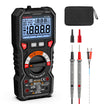
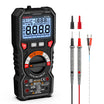
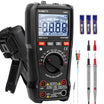
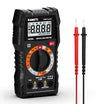
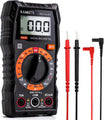
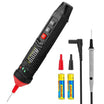
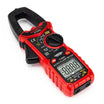
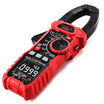

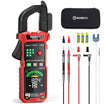

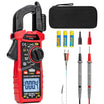

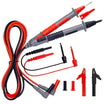
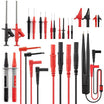
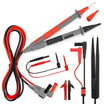

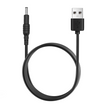
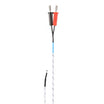

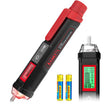
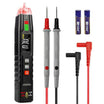
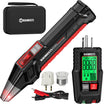
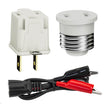


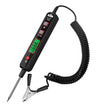
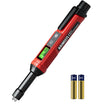

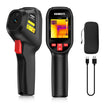
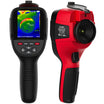
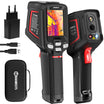
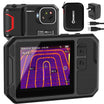

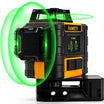
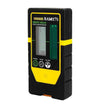
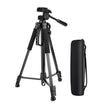

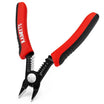
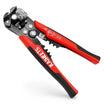
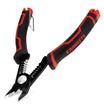

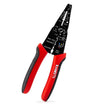
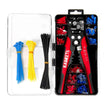

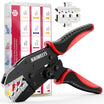
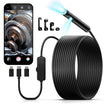
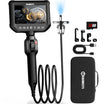
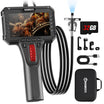


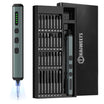
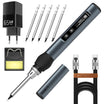
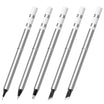
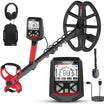

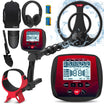

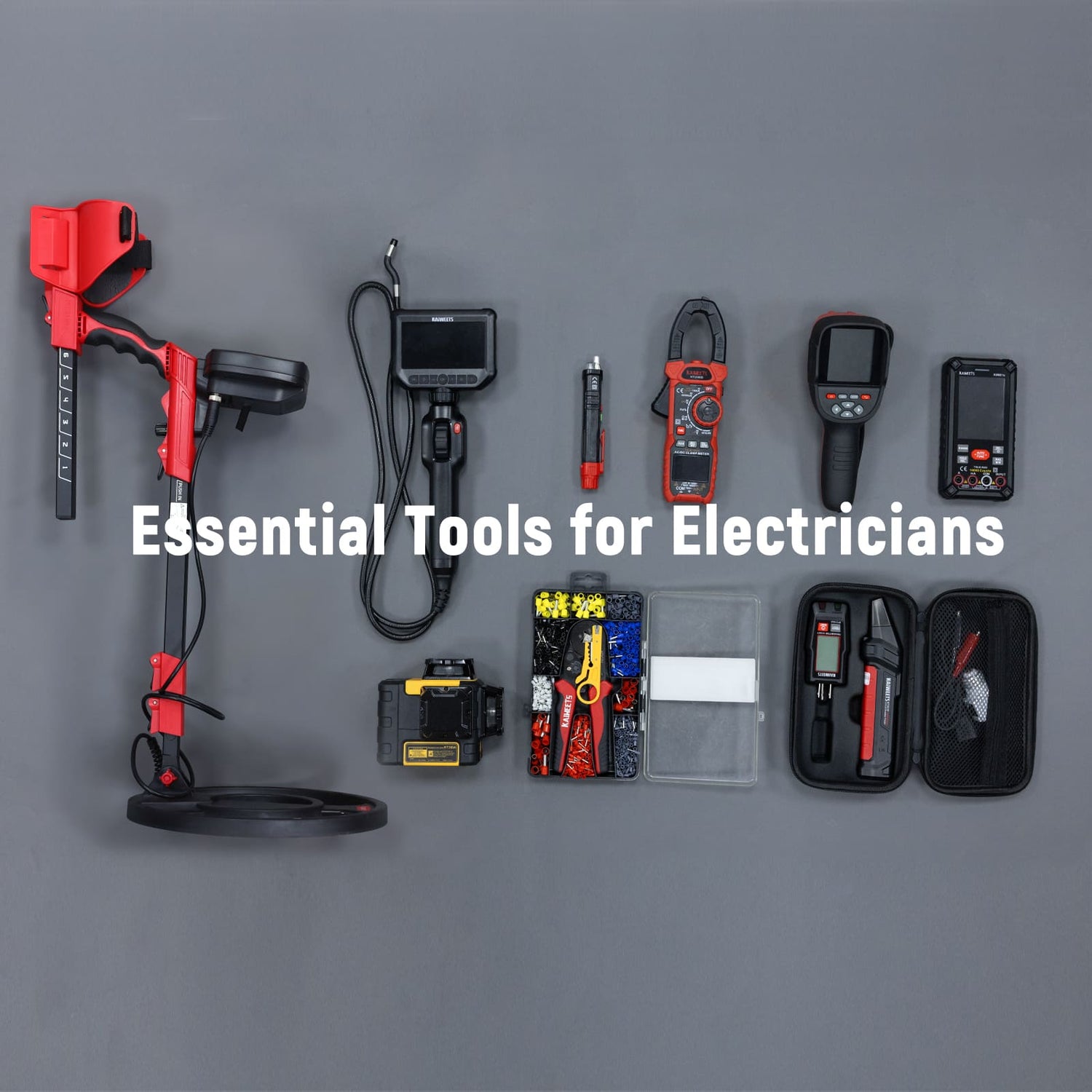








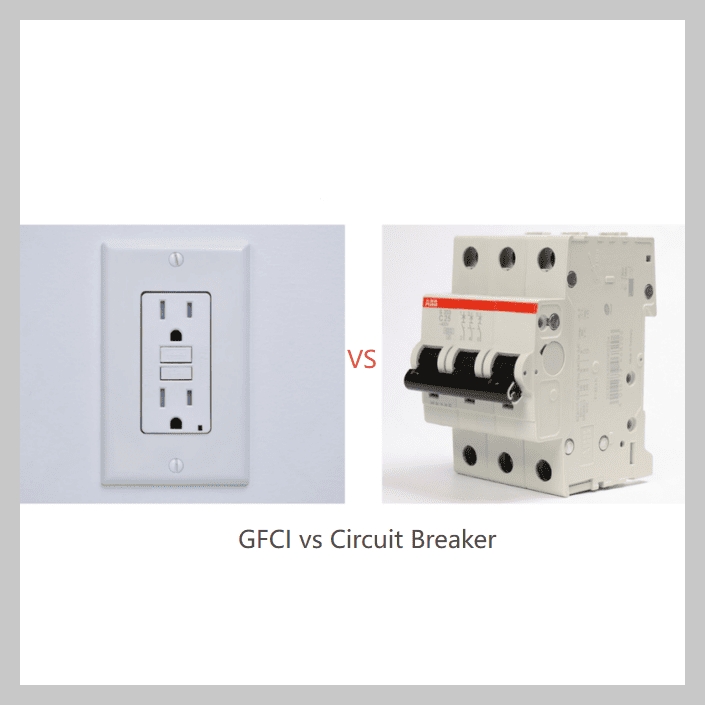
Hinterlasse einen Kommentar
Alle Kommentare werden vor der Veröffentlichung geprüft.
Diese Website ist durch hCaptcha geschützt und es gelten die allgemeinen Geschäftsbedingungen und Datenschutzbestimmungen von hCaptcha.